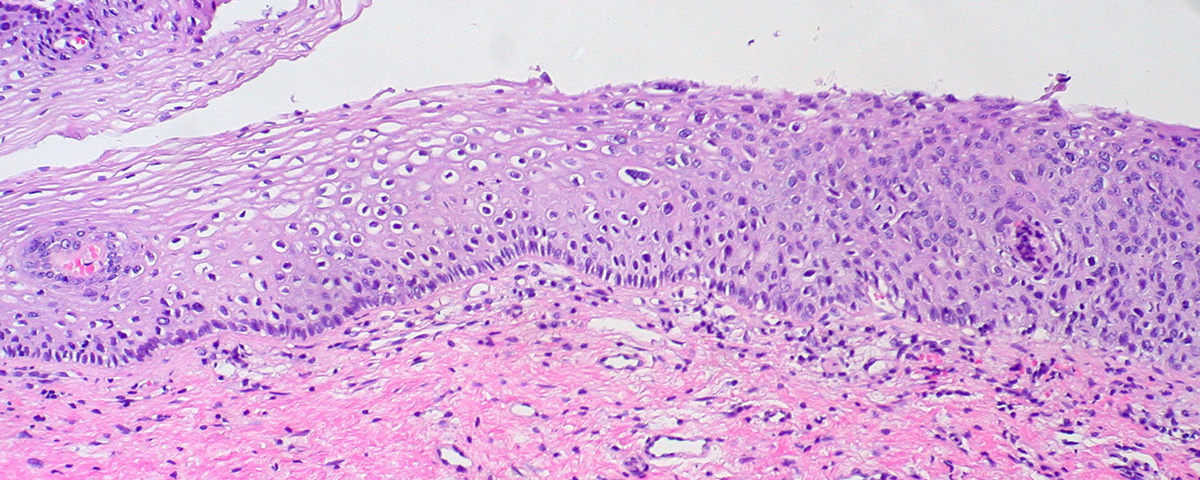
Dysplasia is a medical term that refers to an abnormality of development. It features with expansion of immature cells and decrease in the number as well as location of mature cells. Dysplasia is generally an introduction to a neoplastic process. The very term-dysplasia is used in case cellular abnormality is restricted to the originating tissue and represents a very early stage of malignant tumor, a so called in-situ neoplasm. Dysplasia can be classified as mild, moderate and severe.
Dysplasia may affect many tissues. It is generally microscopic disorder and can be only identified with specific tests and examinations. One of the most common types of dysplasia in women is cervical dysplasia. Cervical dysplasia must be taken seriously and treated promptly since if left untreated it eventually transforms into a more aggressive form of the disease- cervical cancer.
What are Causes of Mild Cervical Dysplasia?
In majority of women cervical dysplasia is associated with previous or current infection with specific types of human papilloma virus (HPV). The virus is transmitted via unprotected sexual intercourse and is highly potent in a way that it may induce abnormal multiplication of epithelial cells and consequent formation of a malignant tumor. The actual mechanism of transformation of healthy cervical cells into cancerous cells is not clear but the presence of the very infection with human papilloma virus represents the leading cause of mild cervical dysplasia and subsequent cervical cancer.
What are Clinical Characteristics of Mild Cervical Dysplasia?
Mild cervical dysplasia is asymptomatic. There are no symptoms or signs of transformation of epithelial cells of the cervix. However, pap test is a highly effective and quite simple screening test that is able to detect any abnormality of the cells of the cervical epithelium. This is why women should go for regular gynecological examination and they may be timely diagnosed with mild cervical dysplasia and treated adequately.
Risks of Mild Cervical Dysplasia
Mild dysplasia can progress to moderate or even severe dysplasia. If left untreated dysplasia eventually progresses to cervical cancer. Women who are diagnosed with cervical dysplasia undergo testing for HPV and in them the affected part of the cervix is treated. They must also undergo a repeated examination after short period of time. Even in case the woman has not been found positive on human papilloma viruses she must undergo regular annual screening pap test. There are certain factors that contribute to the occurrence of cervical cancer in women suffering from HPV. They include smoking, advanced age and impaired immune system.





_f_280x120.jpg)











Your thoughts on this
Loading...